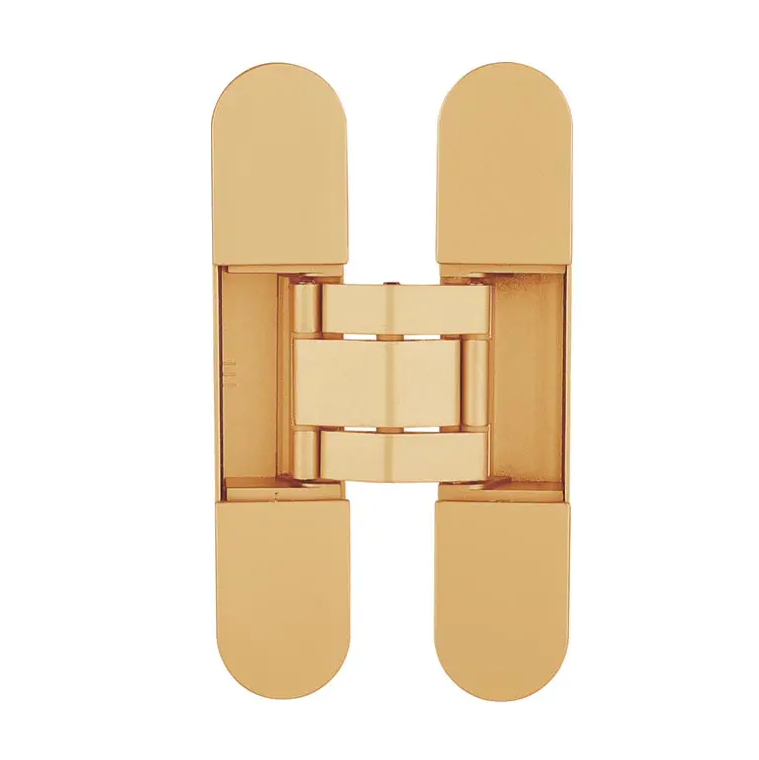Hydraulic Damping Hinges have become a popular choice in the furniture industry, offering a range of benefits that traditional hinges simply cannot match. These advanced hinges are designed to provide a smooth and controlled motion, reducing noise and wear while enhancing the overall user experience. In this article, we will delve into the various advantages that Hydraulic Damping Hinges offer over their traditional counterparts.
One of the most significant advantages of Hydraulic Damping Hinges is their ability to provide a soft-close mechanism. This feature is particularly beneficial in environments where noise reduction is crucial, such as in offices, libraries, or residential settings. The soft-close function of Hydraulic Damping Hinges ensures that doors and drawers close gently and quietly, preventing the loud slamming sounds that are common with traditional hinges. This not only contributes to a more pleasant atmosphere but also extends the life of the furniture by reducing the impact forces that can cause damage over time.
Another advantage of Hydraulic Damping Hinges is their durability. Traditional hinges are often made from materials that can wear out or corrode over time, leading to a decrease in performance and the need for frequent replacements. In contrast, Hydraulic Damping Hinges are typically constructed from high-quality materials that are resistant to corrosion and wear, ensuring a longer lifespan and reducing the need for maintenance or replacement. This durability also means that Hydraulic Damping Hinges can withstand the test of time in high-traffic areas, where traditional hinges might fail prematurely.
The ease of installation is another aspect where Hydraulic Damping Hinges excel. Traditional hinges often require precise alignment and can be time-consuming to install correctly. Hydraulic Damping Hinges, on the other hand, are designed with user-friendliness in mind, often featuring adjustable mechanisms that allow for easy alignment and installation. This not only speeds up the assembly process but also reduces the risk of misalignment, which can lead to uneven door or drawer operation.
In terms of safety, Hydraulic Damping Hinges offer a significant advantage over traditional hinges. The soft-close feature of these hinges prevents the sudden and forceful closing of doors and drawers, which can be a hazard, especially for children or the elderly. This safety feature is particularly valuable in households with young children, as it helps to prevent injuries that can result from the sudden closing of doors or drawers.
Aesthetically, Hydraulic Damping Hinges can enhance the appearance of furniture by providing a seamless and smooth operation. Traditional hinges can sometimes detract from the overall design of a piece of furniture, but Hydraulic Damping Hinges are often designed to be discreet and unobtrusive, allowing the furniture's design to take center stage.
Lastly, the environmental impact of Hydraulic Damping Hinges is worth considering. Traditional hinges may require more frequent replacement due to their shorter lifespan, which can contribute to waste. In contrast, the longer lifespan of Hydraulic Damping Hinges means fewer replacements are needed, reducing waste and the environmental footprint associated with manufacturing new hinges.
In conclusion, Hydraulic Damping Hinges offer a multitude of advantages over traditional hinges, including noise reduction, durability, ease of installation, safety, aesthetic appeal, and environmental benefits. As the furniture industry continues to evolve, the demand for high-performance components like Hydraulic Damping Hinges is likely to grow, as consumers and manufacturers alike recognize their value in creating functional, durable, and aesthetically pleasing furniture.



